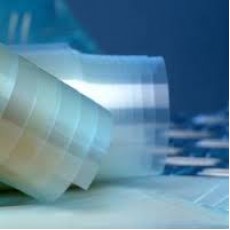
Membranes are essential for PEM fuel cells to operate. The Proton Exchange Membrane carries the hydrogen ions from the anode to the cathode without passing the electrons that were removed from the hydrogen atoms.
The Fuel Cell Store carries the largest selection of Membranes in the world! We help you compare all the Membranes we offer in one simple file so you can narrow down the perfect Membrane for your project. With our Membrane Comparison Table you can compare the specifications of all our Cation Exchange Membranes, Anion Exchange Membranes, and Bipolar Membranes with ease.
If you still need further help selecting a Membrane or have any questions, please contact us at sales@fuelcellstore.com.
















Enter the code in the box below: